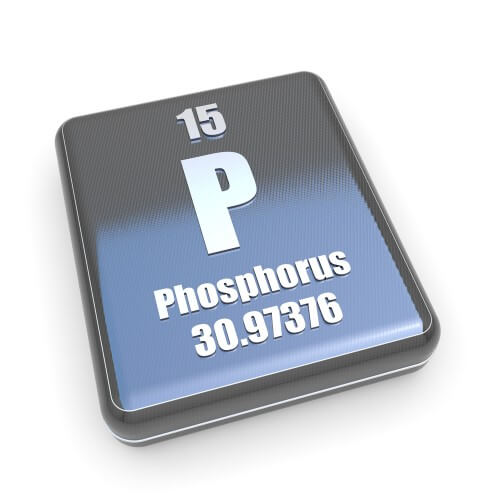Scientists have succeeded in preventing two-dimensional layers of black phosphorus from oxidizing. In doing so, they pave the way for the utilization of the impressive properties of this material in favor of the development of electronic and opto-electronic devices

[Translation by Dr. Nachmani Moshe]
A team of researchers from the University of Montreal is the first to succeed in preventing two-dimensional layers of black phosphorus from oxidizing. In doing so, they opened the door to utilizing the impressive properties of this material for the development of electronic and optoelectronic devices. The research findings were published in the scientific journal Nature Materials.
black phosphorus (Wikipedia) may be a key component in the development of new electronic and optical technologies. The material, which is a stable allotrope (different configuration) of phosphorus that exists as a layered structure similar to graphite, has recently begun to capture the attention of scientists in the fields of physics and materials science. From this material it is possible to obtain a monoatomic layer which the researchers call two-dimensional phosphane. Being a cousin of the much more famous material graphene, XNUMXD phosphane has two important properties for electronic devices. First, this material is a semi-conducting material that provides the characteristics required for the development of transistors and processors. The researchers predict that the material could form the basis for electronic components that would be both efficient and economical.
Moreover, this new material is characterized by another, much more distinct feature: its interaction with light depends on the number of atomic layers that are used. A single monoatomic layer emits red light, while a thicker sample will emit radiation in the infrared range. These differences enable the production of a wide variety of optoelectronic devices, such as lasers or detectors, while utilizing the important segment of the electromagnetic spectrum.
To date, research into the properties of two-dimensional phosphorus has been limited by a serious caveat: under normal temperature and pressure conditions, very thin layers of the material disintegrate quickly, a result that could have harmed its future in industry, despite the promising potential inherent in it. Following this, the research team advanced the field by being able to determine the physical mechanisms responsible for this decomposition, and locate the main components that lead to the oxidation of the outer surface of the material. "We were able to demonstrate that the two-dimensional substance phosphane undergoes oxidation under normal conditions due to the combined presence of oxygen, water and light. In addition, we were also able to characterize the development of the phenomenon over time using electronic and Raman spectroscopy," notes the lead researcher.
In the next step, the researchers developed an efficient procedure for producing these fragile monoatomic layers while keeping them intact. The results of the research will help the global scientific community to improve the very special properties of two-dimensional phosphane, with the aim of developing cutting-edge nanotechnologies that can lead to highly efficient electronic devices, such as lasers, microprocessors, solar cells, etc.

One response
But phosphorus is known to be much cooler in an oxygen-rich environment.